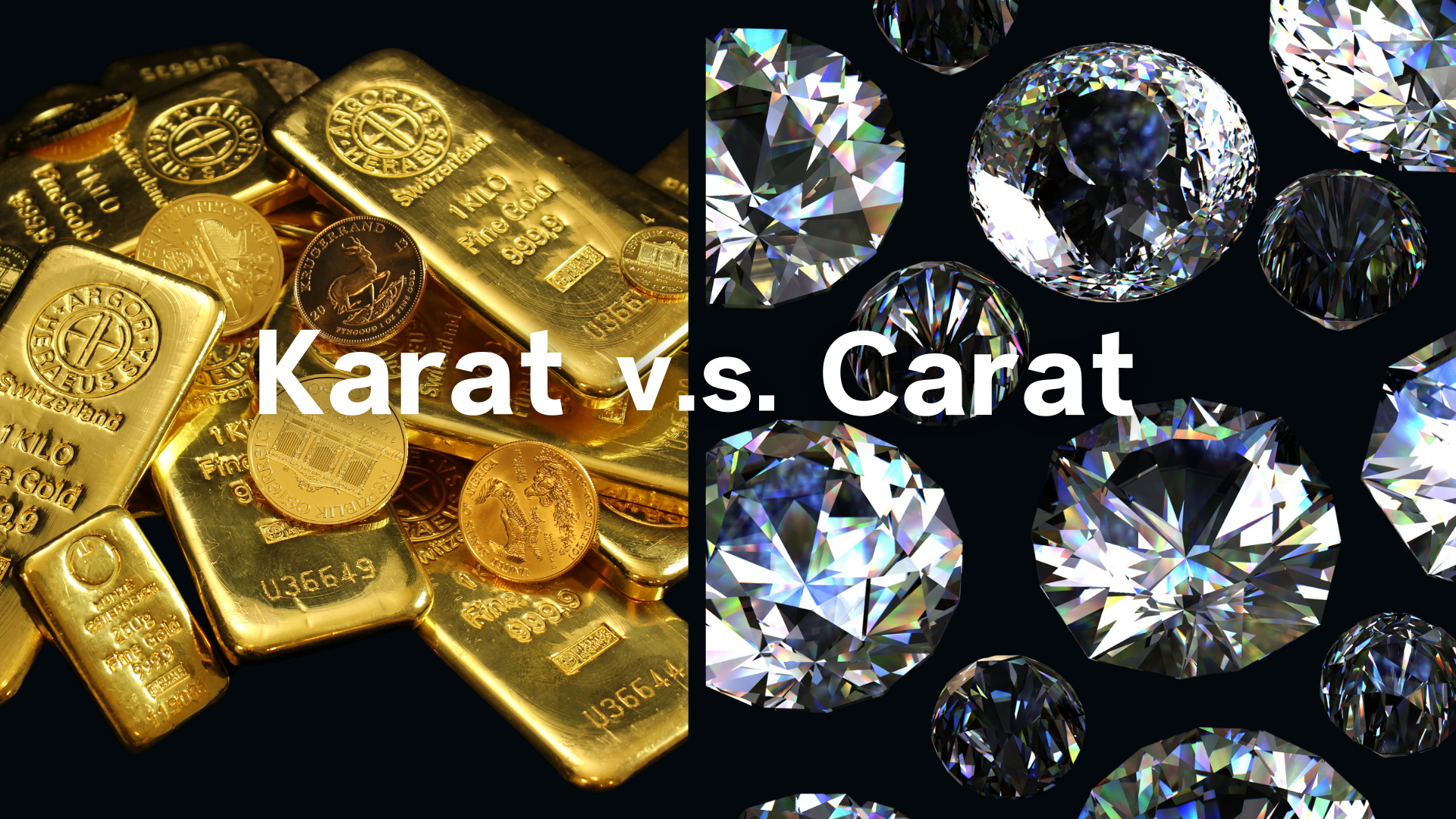

The terms carat and karat are often confused due to their similar pronunciation and shared historical roots. However, these words have distinct meanings and applications in the jewelry and precious metals industries. A carat is a unit of weight for gemstones, while a karat is a measure of gold purity. Let’s explore their differences in detail.
A carat (abbreviated as ct) is a unit of weight used for measuring gemstones and pearls. One carat is equal to 200 milligrams or 0.2 grams. For example, a 1-carat diamond weighs 200 milligrams, while a 2-carat gemstone weighs 400 milligrams. To provide even finer measurements, a carat can be divided into 100 points, where each point equals 2 milligrams. For instance, a 0.5-carat diamond is often described as a “50-point” diamond.
The origin of the term "carat" dates back to ancient times when the seeds of the carob tree (Ceratonia siliqua) were used as a standard for weighing small objects. These seeds were thought to have consistent weight, making them ideal for such purposes. While this belief has been disproven, the practice of using carob seeds led to the adoption of the carat as a unit of weight for gemstones. By the early 20th century, the carat was standardized worldwide to the modern metric carat, which is still in use today.
Carat weight is often associated with the size of gemstones, but it’s important to note that gemstones of the same weight can vary in size due to differences in density. For example, a 1-carat diamond appears smaller than a 1-carat sapphire or moissanite of the same cut. This highlights the importance of considering both weight and dimensions when evaluating gemstones.
A karat (abbreviated as K or kt) measures the purity of gold in a piece of jewelry or an alloy. Pure gold, which is too soft for most practical uses, is mixed with other metals like silver, copper, or zinc to create a stronger and more durable alloy. The karat system expresses the ratio of gold to other metals in the mixture, with 24-karat gold representing pure gold (100% gold content). For example:
The karat system originated from a medieval gold coin known as the mark, which weighed 24 "carats." At that time, the term "carat" referred to the weight of the coin, derived from the carob seeds used for measurement. Over time, the karat came to represent the proportion of gold in the alloy, with 24-karat gold signifying 100% purity.
The purity of gold directly affects its properties. Higher-karat gold is softer, more malleable, and more prone to damage, making it less suitable for everyday wear. In contrast, lower-karat gold is more durable and commonly used in jewelry. Gold purity also influences its color—mixing gold with different metals can create yellow, white, or rose gold, depending on the alloying elements used.
While carat and karat share a historical connection, their meanings and applications are entirely distinct. A carat refers to the weight of gemstones, while a karat describes the purity of gold. For example, 2-carat diamond weighs 400 milligrams, while 18-karat gold is 75% pure gold.
Here’s a comparison for clarity:
Interestingly, both terms trace their origins to the seeds of the carob tree, which were historically used as units of weight due to their perceived uniformity. These seeds were employed in the Mediterranean region for weighing small objects, including gemstones and precious metals. Over time, the use of carob seeds led to the development of the carat as a unit of gemstone weight. The karat, on the other hand, evolved to describe gold purity based on the weight of medieval coins.
Although they share historical roots, carat and karat have distinct modern applications. A carat measures the weight of gemstones, while a karat expresses the purity of gold. Understanding these differences is essential for anyone navigating the world of fine jewelry, whether selecting a sparkling diamond or an exquisite gold piece. Knowing the meanings behind these terms ensures you make informed and confident decisions when shopping for precious items.